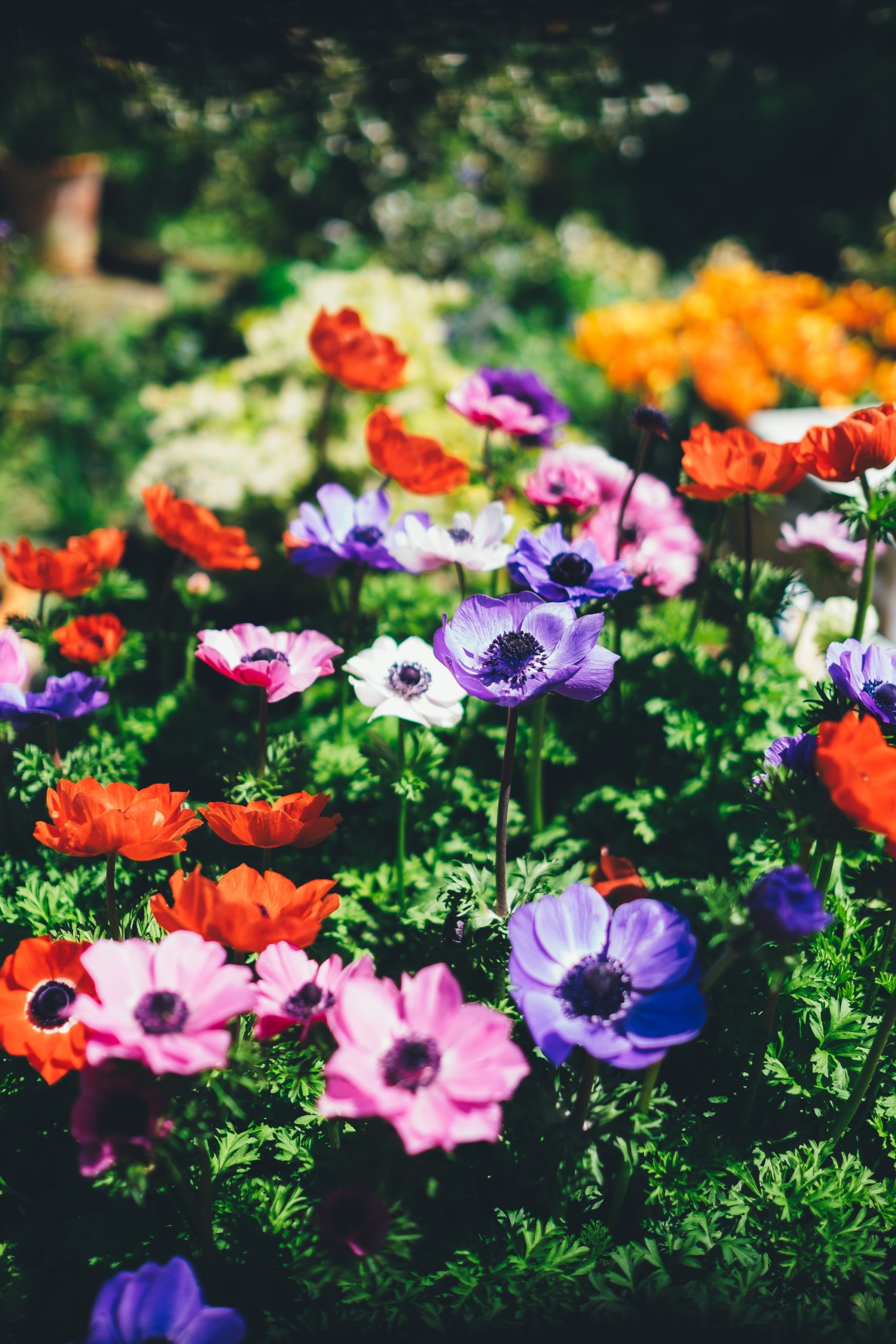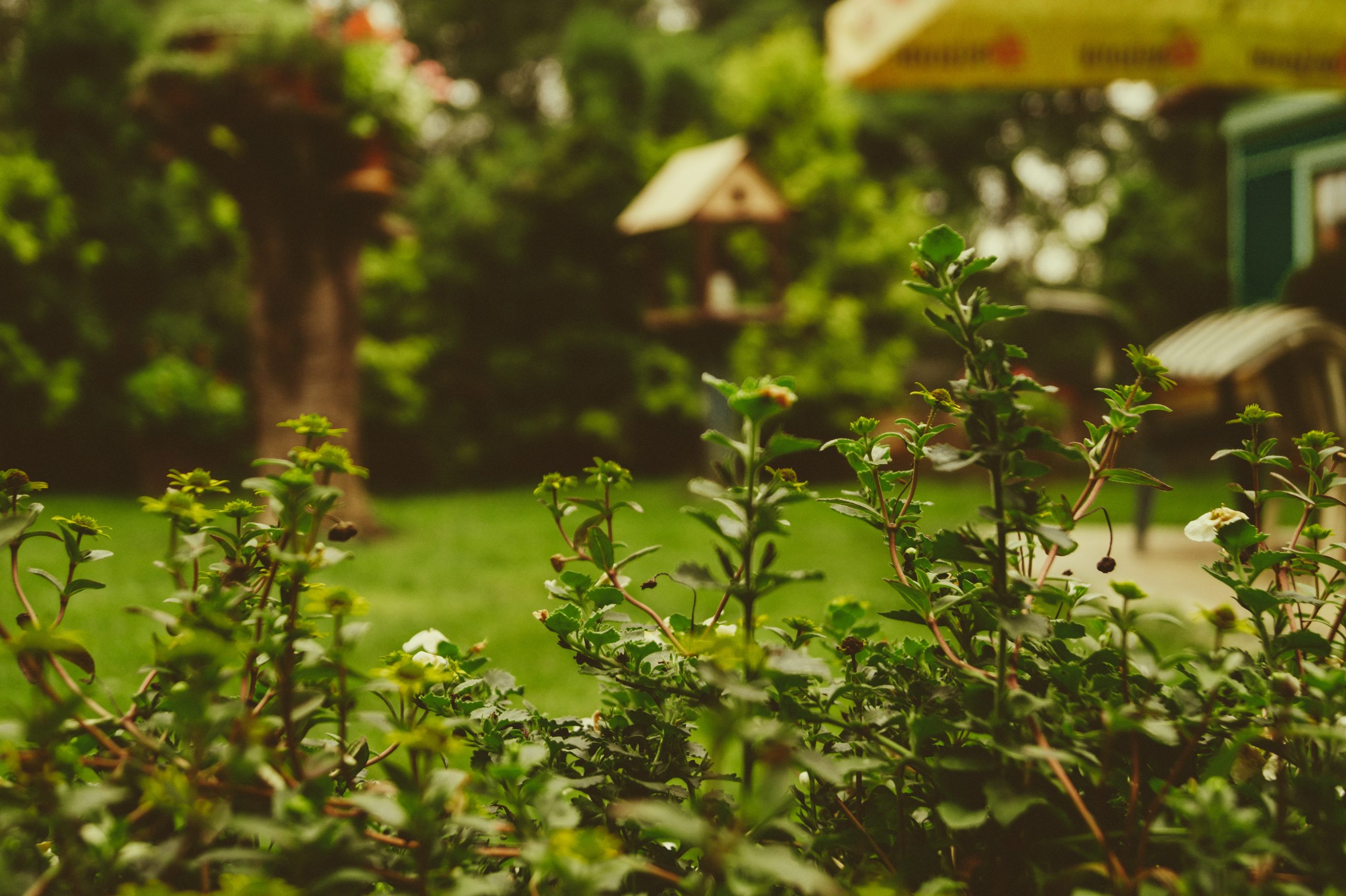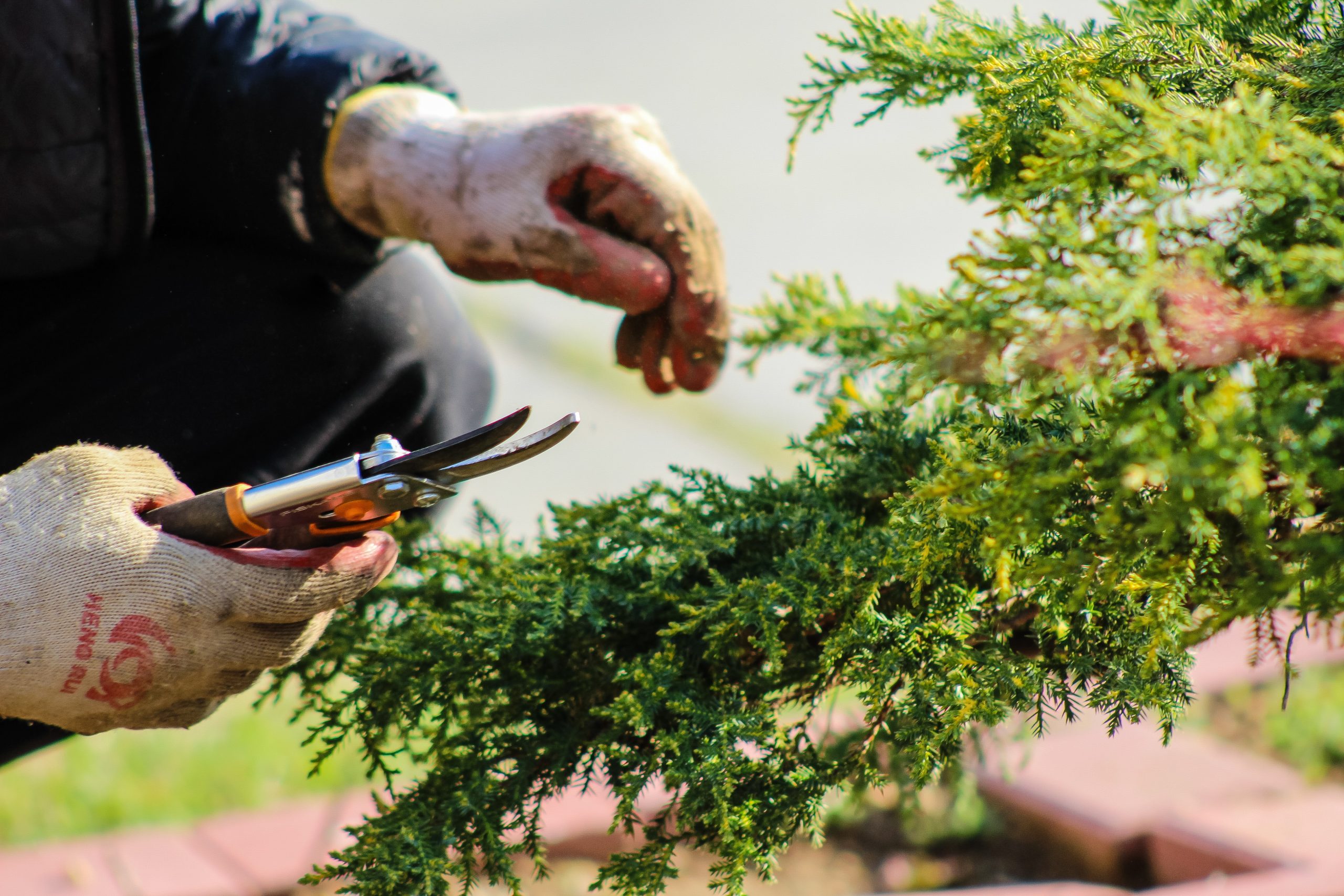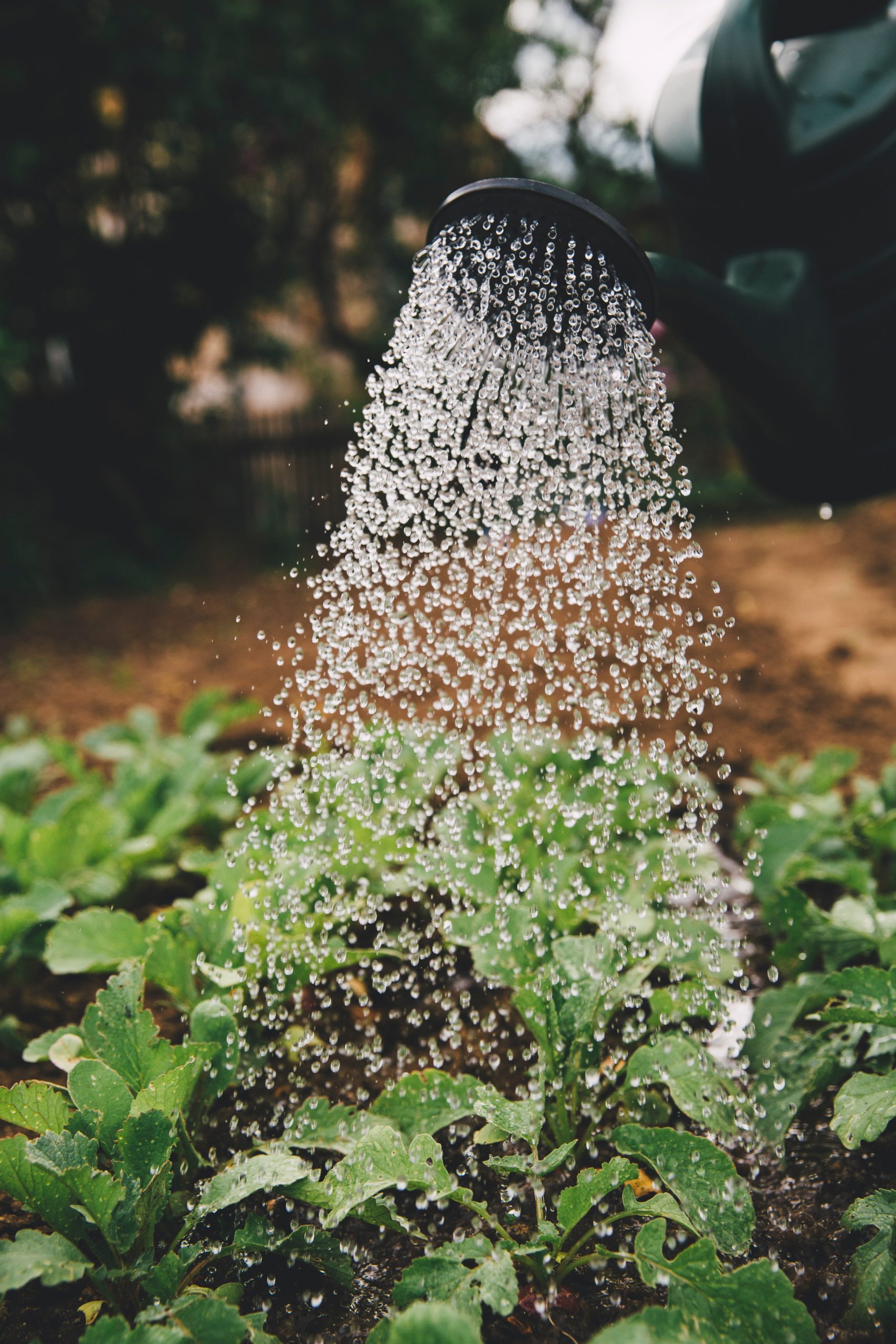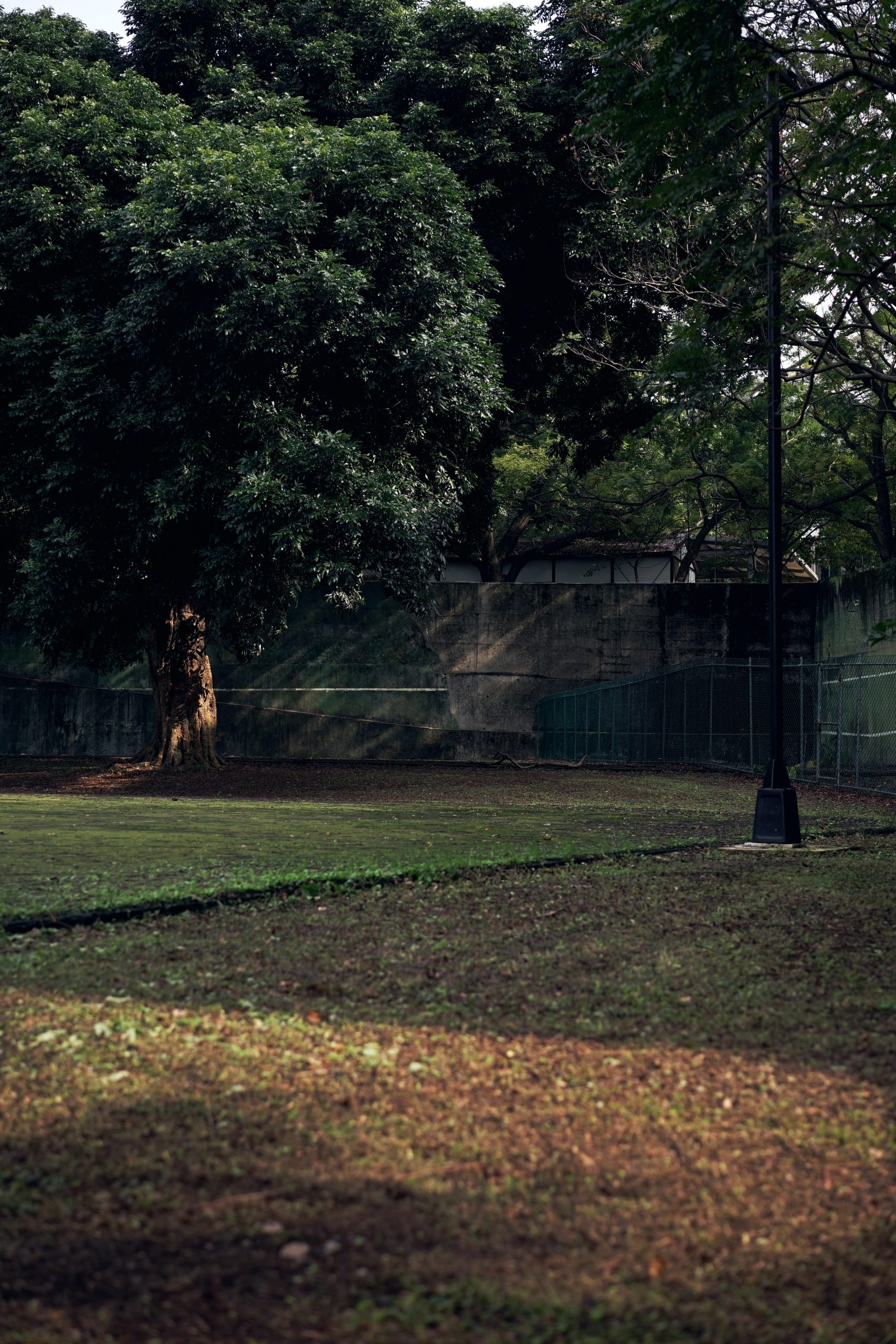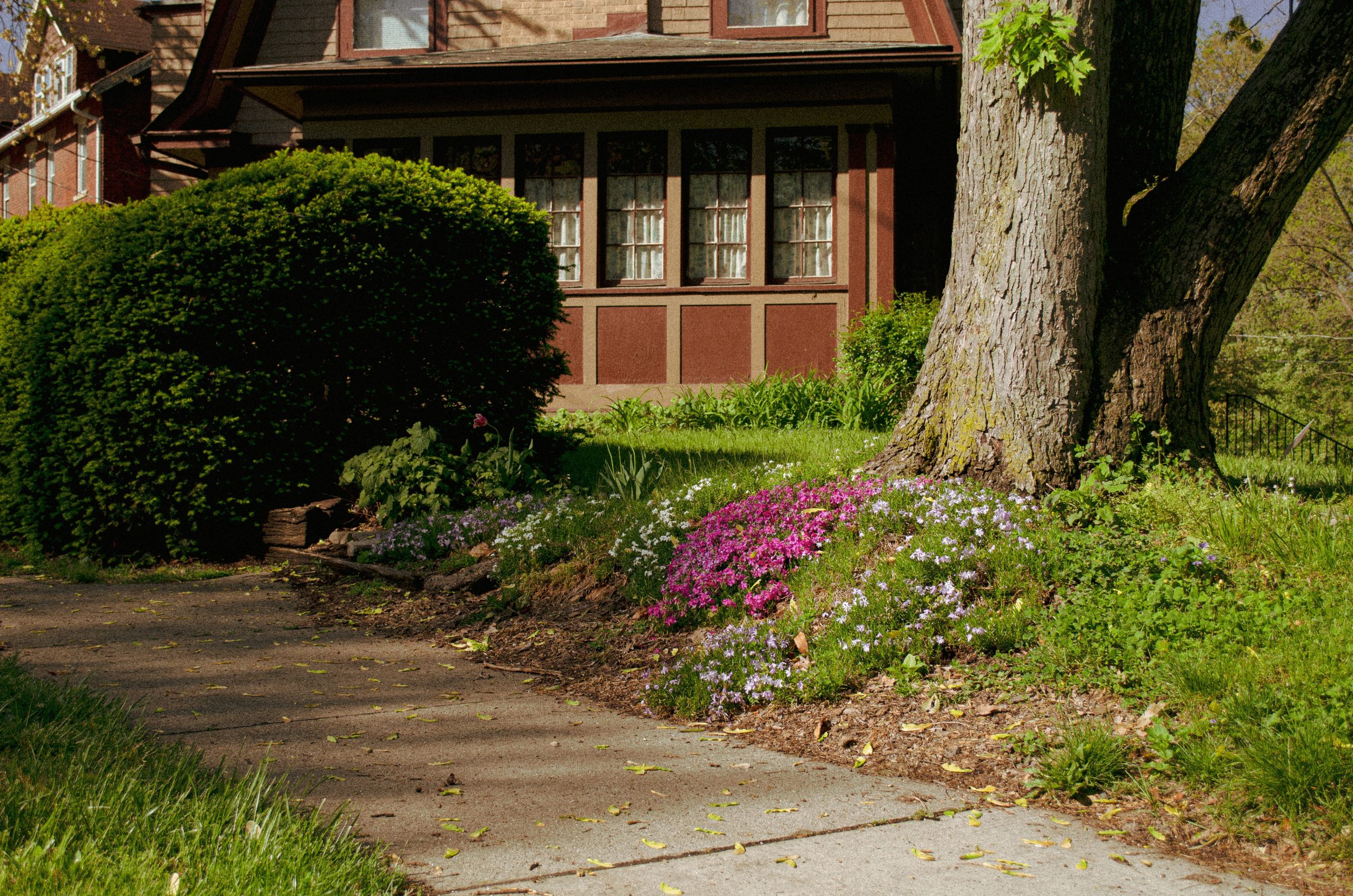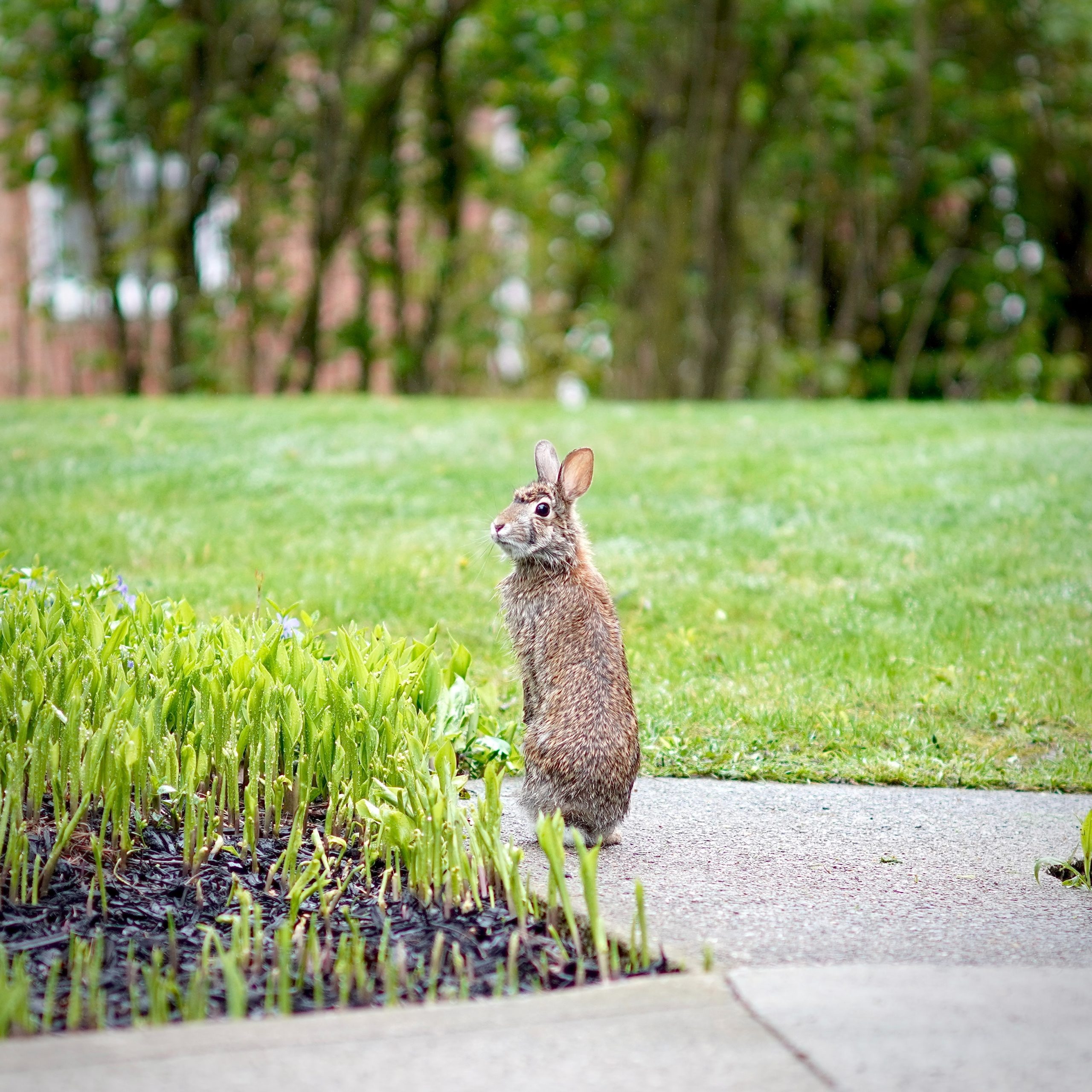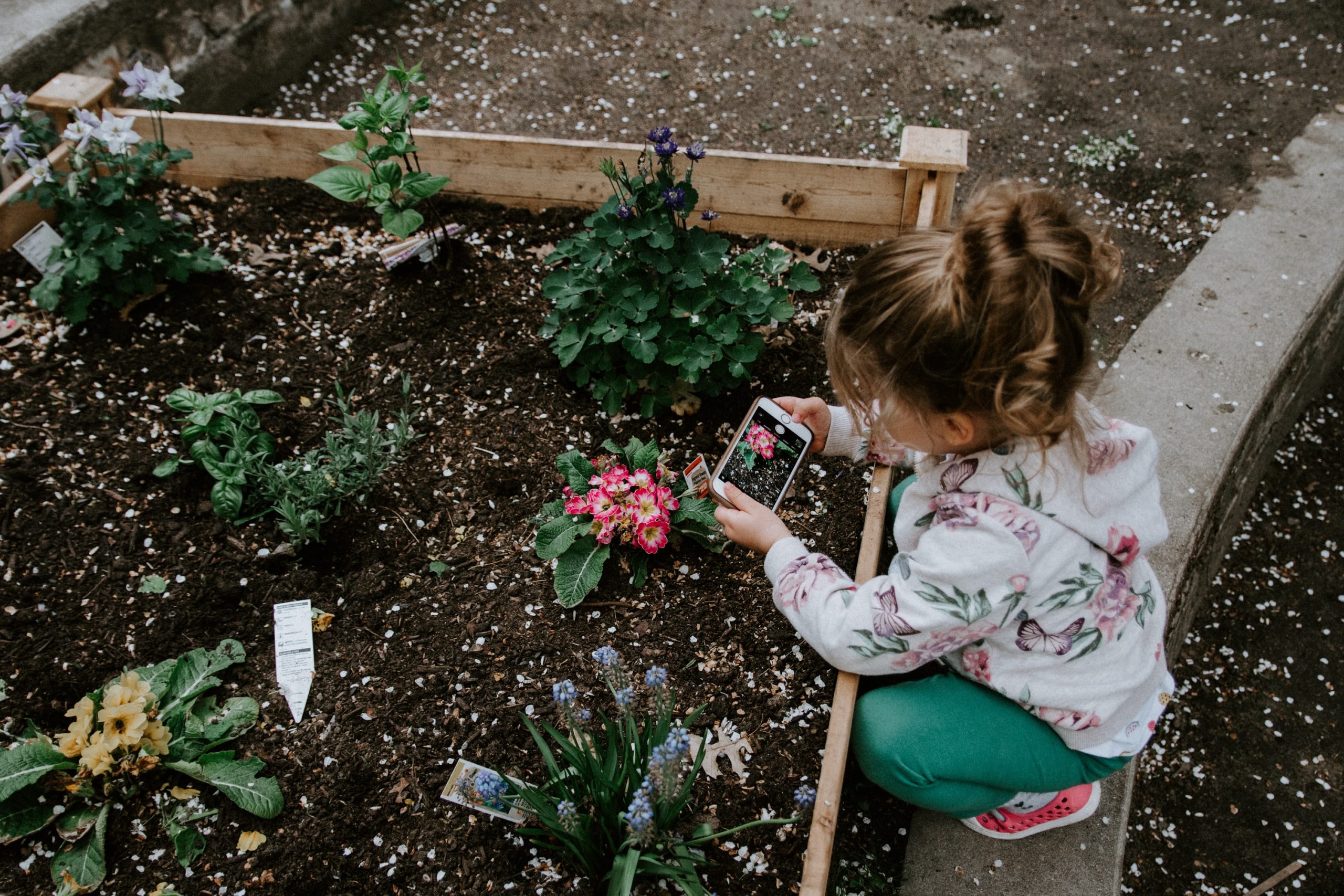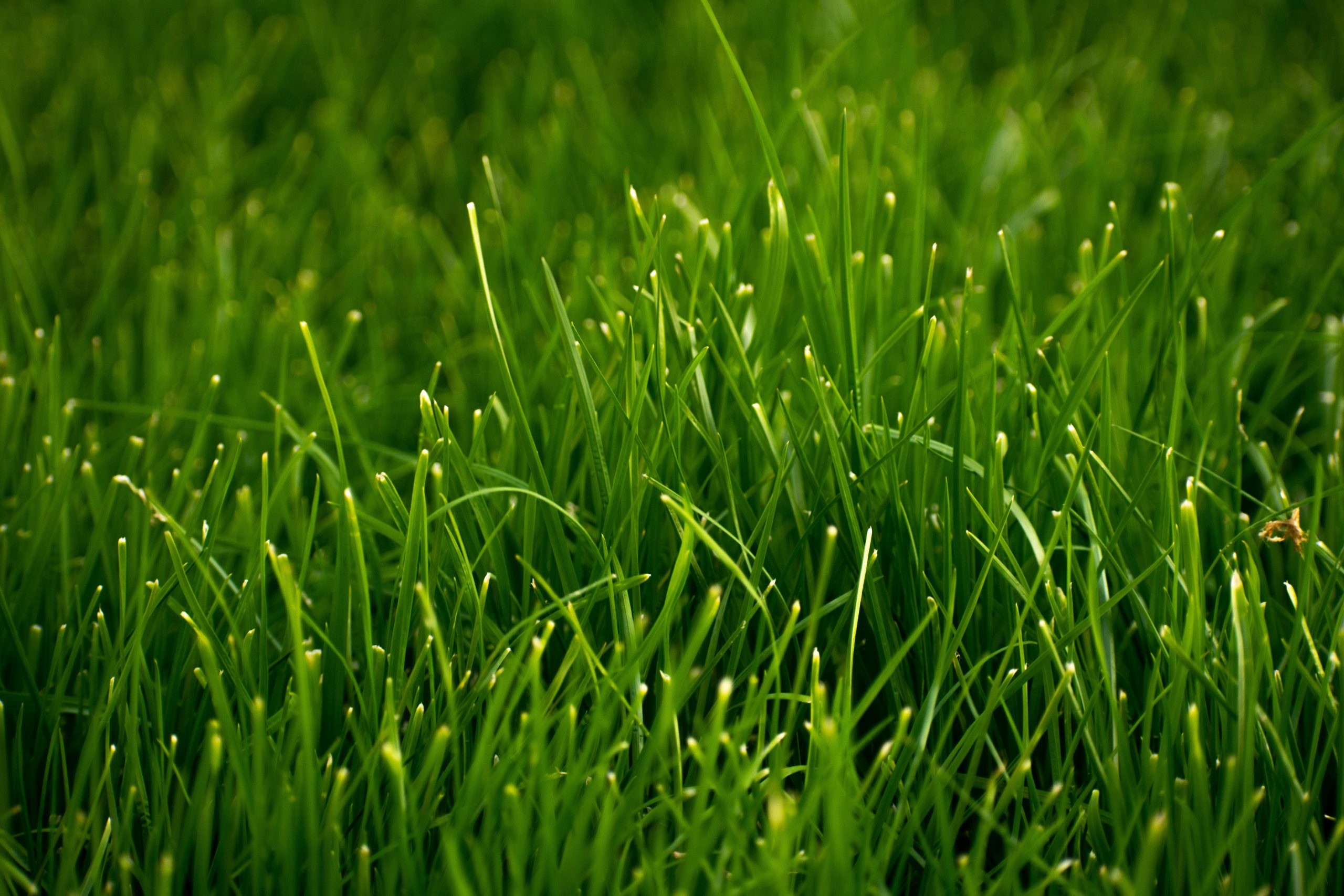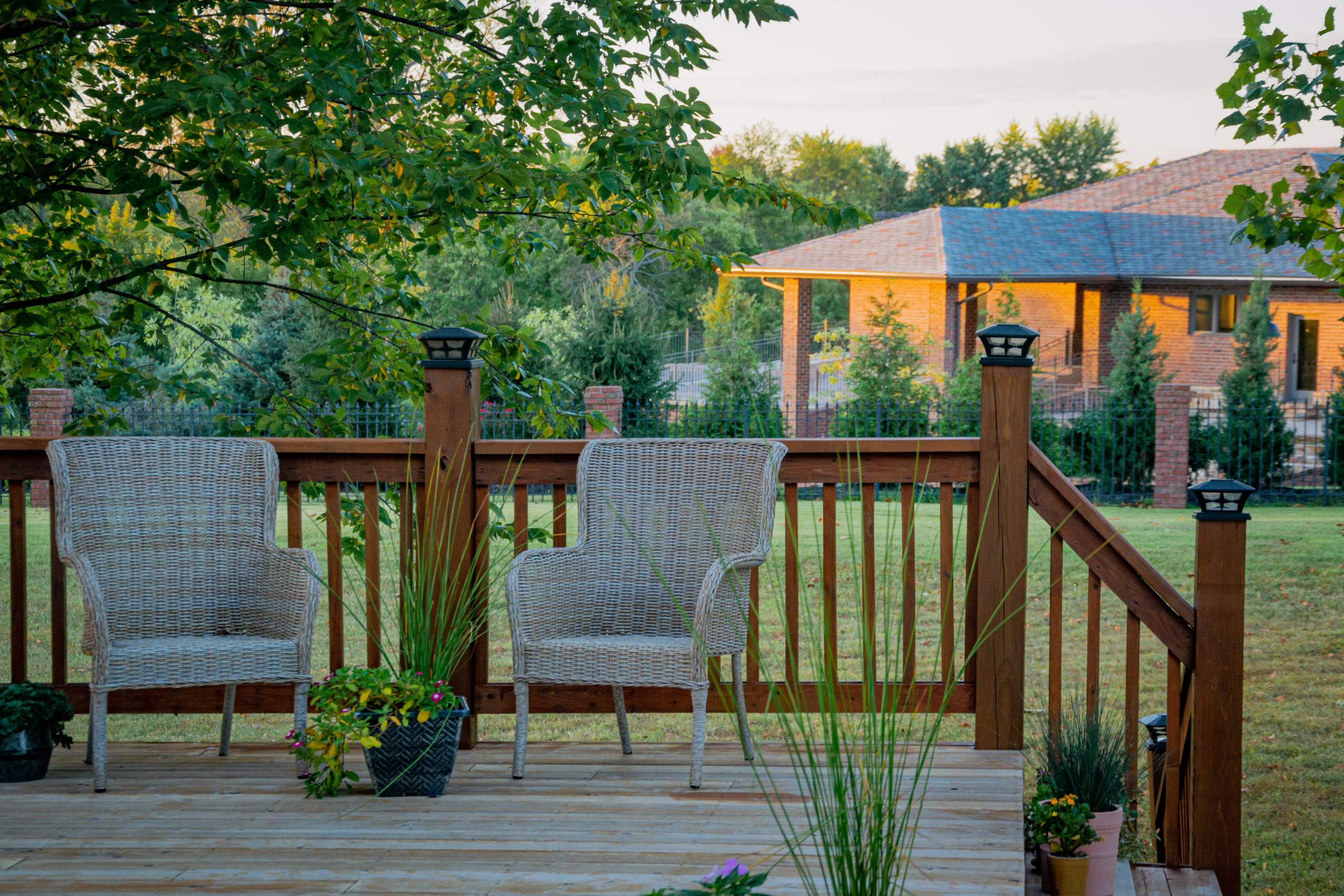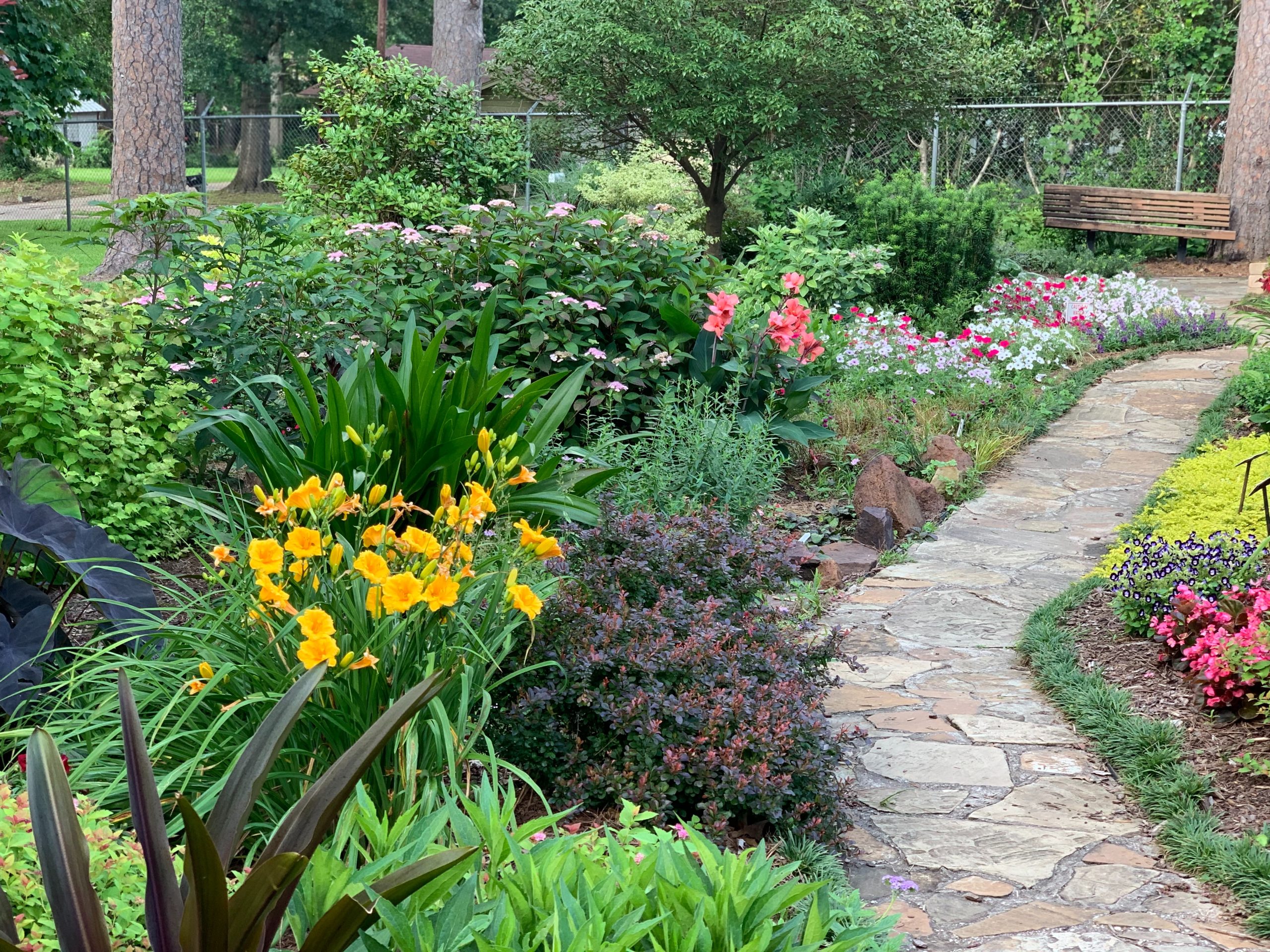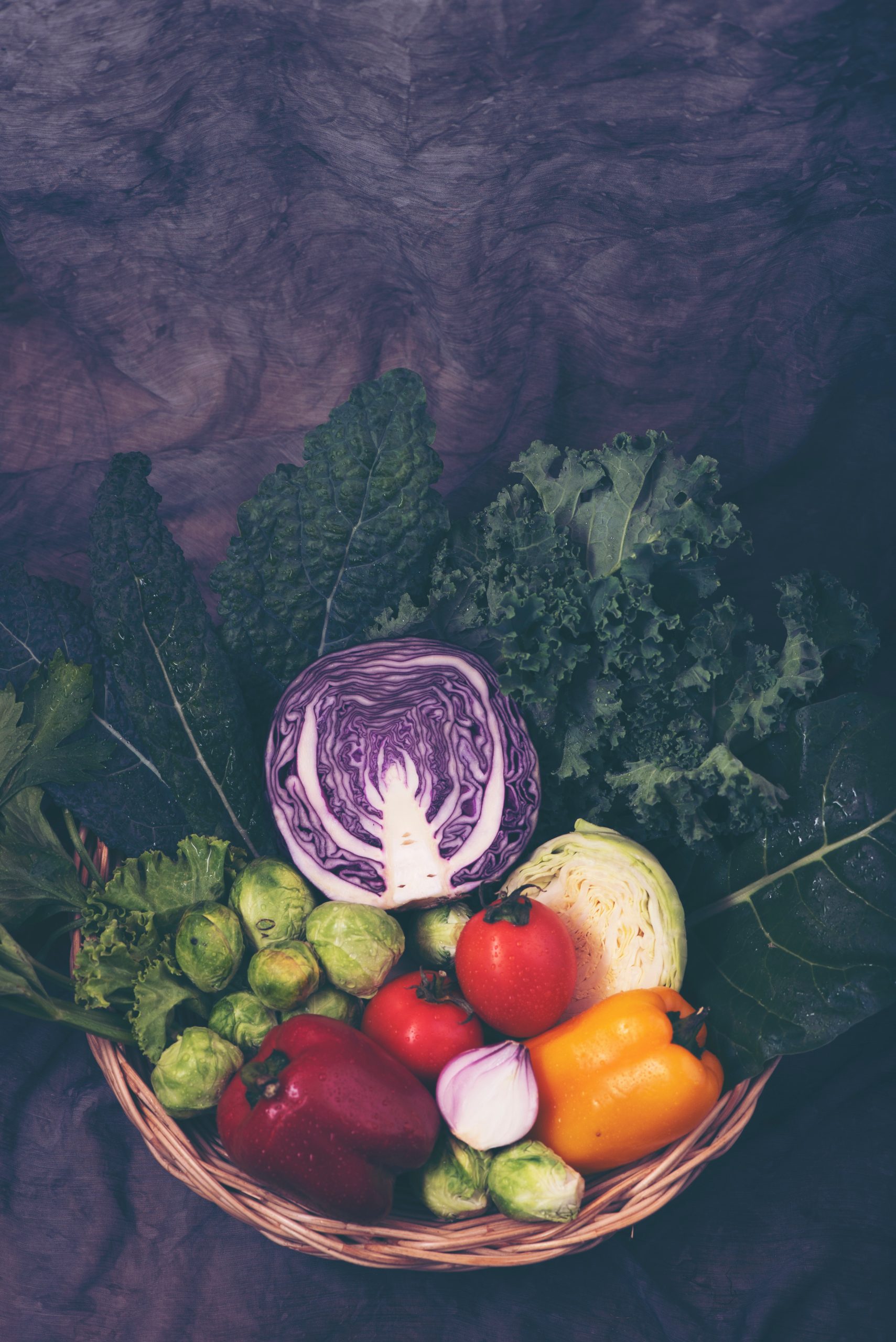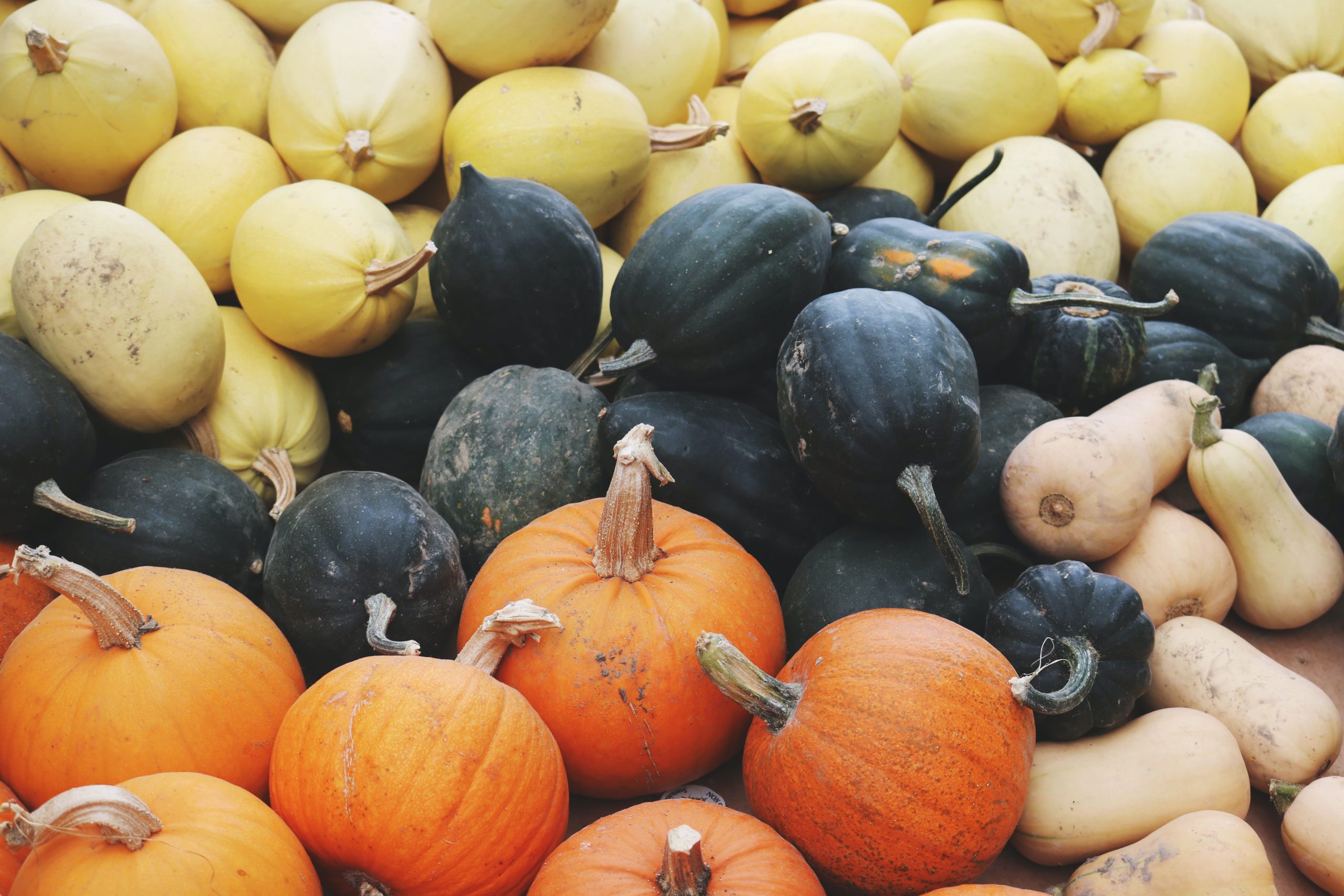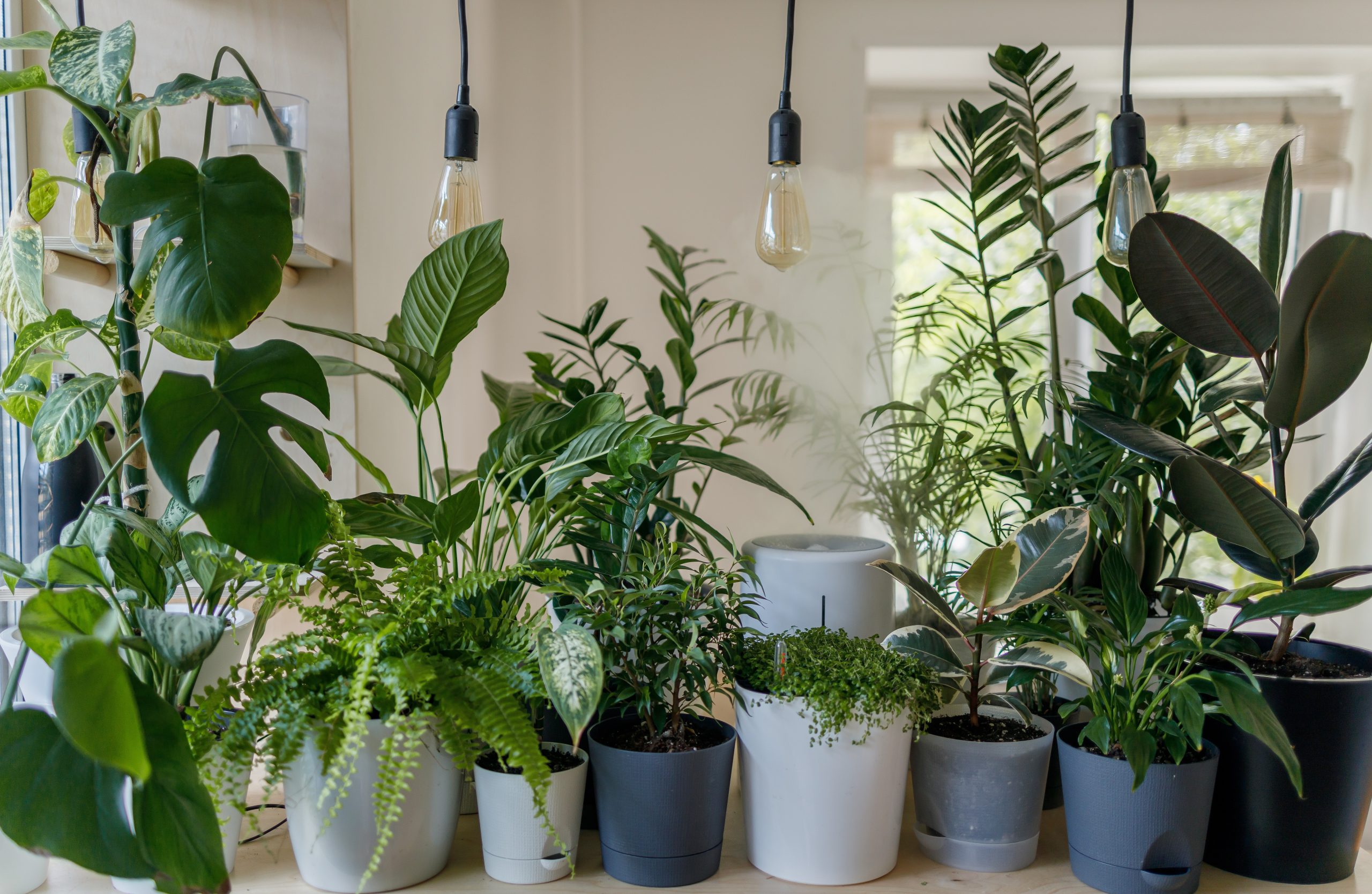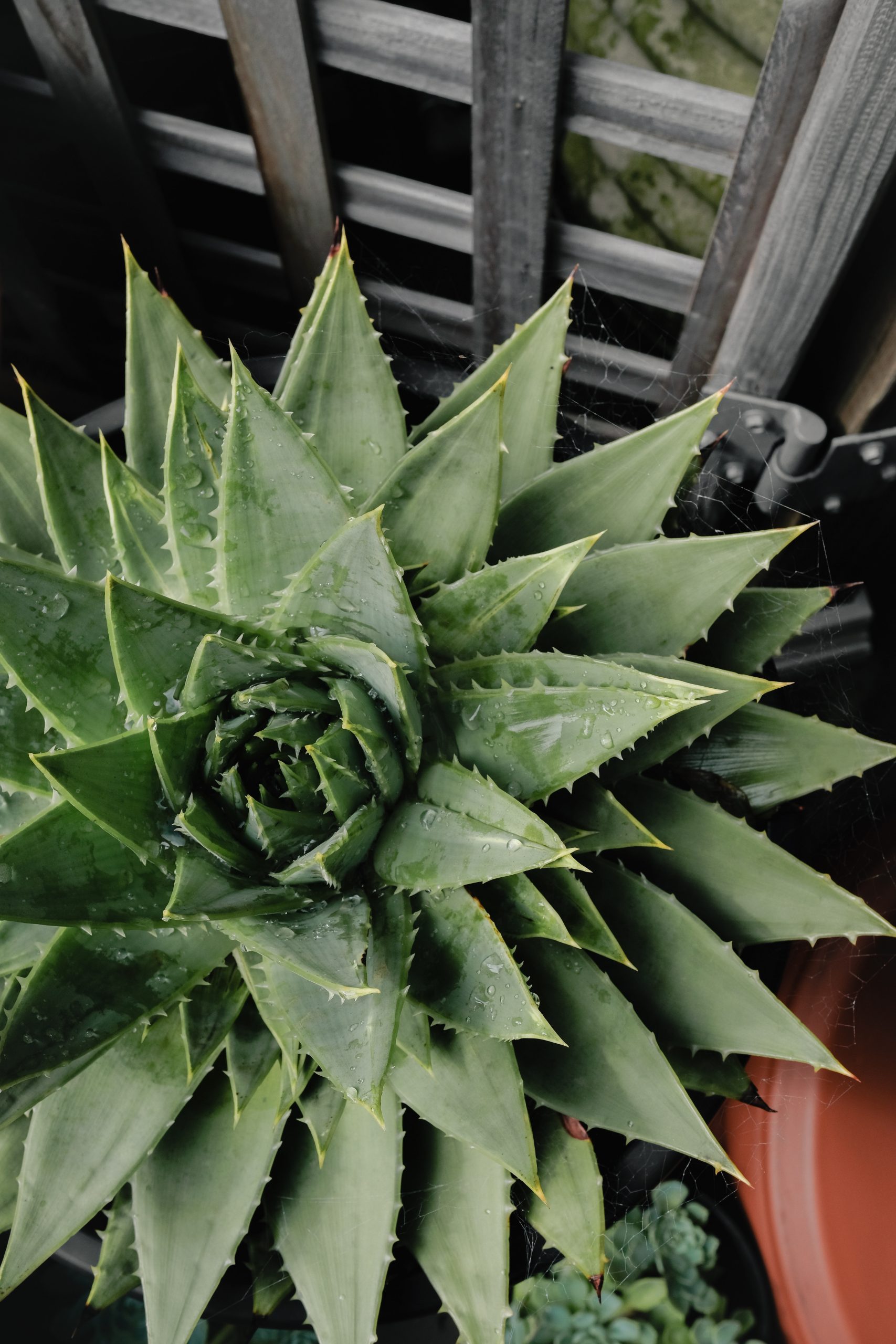Summertime coming to an end means it’s time to get outside with your kiddos before the school year begins! Teaching kids to garden can be a wonderful and educational experience. It not only helps them develop a love for nature but also teaches them about responsibility, patience, and the importance of sustainable practices. Keep on reading for our guide on how to teach your kids to garden!
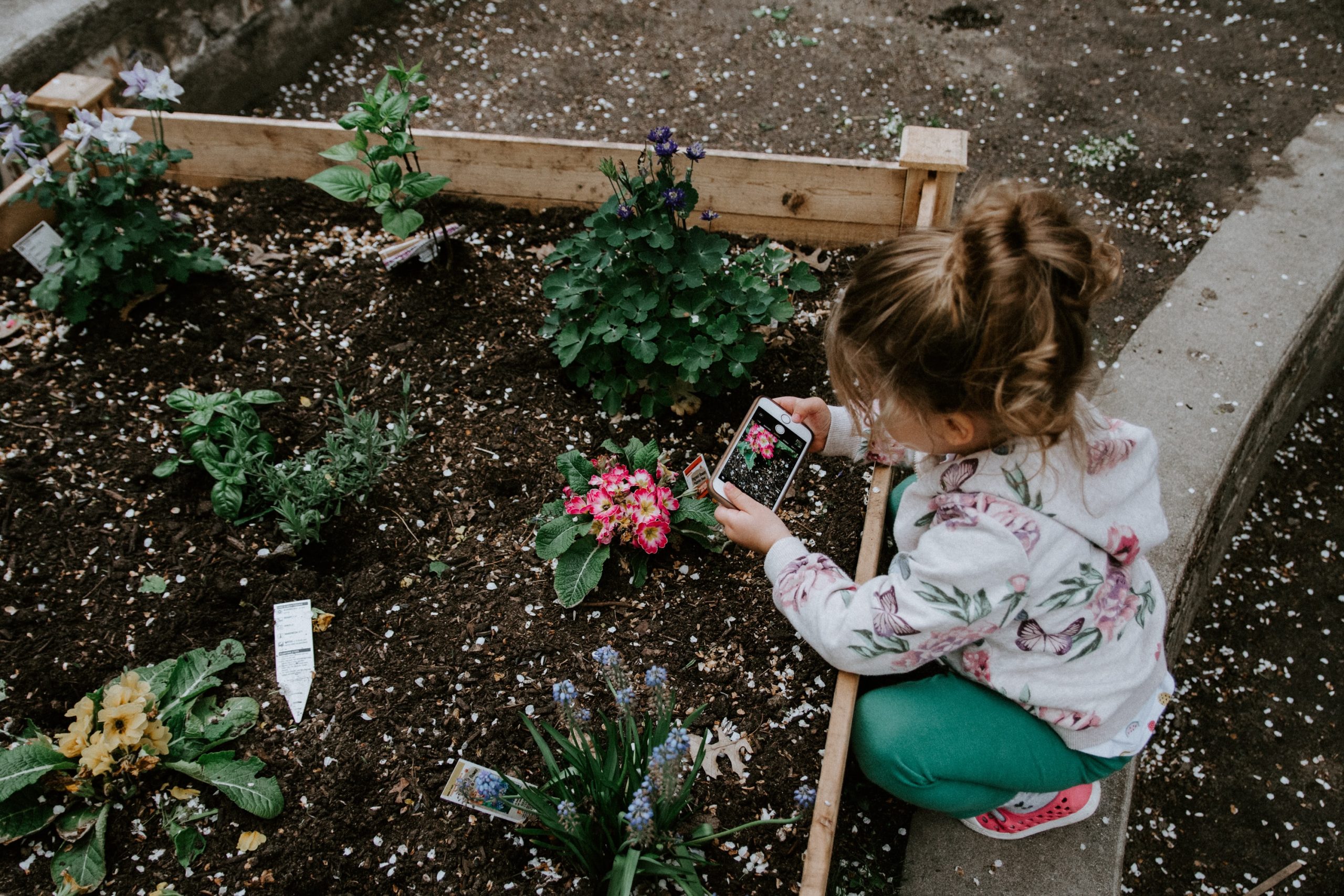
Here’s Our Step-By-Step Guide On How To Teach Your Kids To Garden:
1. Start With The Basics Of Gardening
Introduce your kids to the concept of gardening. Explain how plants grow, the role of sunlight, water, and nutrients, and why plants are essential for our environment.
2. Choose A Suitable Gardening Space In Your Yard
Depending on the available space, you can select an outdoor garden plot, a raised bed, or even a few containers. Ensure the area receives adequate sunlight for the plants you plan to grow.
3. Select Age-Appropriate Plants For Your Kids
Involve your kids in selecting plants to grow. Choose varieties that are easy to grow and maintain, such as herbs, flowers, or vegetables like lettuce, radishes, or cherry tomatoes. Consider their preferences and encourage them to grow plants they find interesting or enjoy eating.
4. Plan And Prepare The Garden Soil
Teach your kids about the importance of good soil. Show them how to prepare the soil by removing weeds, loosening it with a garden fork or spade, and adding compost or organic matter to improve fertility. Explain why healthy soil is essential for plant growth.
5. Involve Your Kiddos In The Planting
Let your kids take an active part in planting the seeds or seedlings. Show them how to make small holes in the soil, place the seeds or seedlings gently, and cover them with soil. Teach them about proper spacing and depth requirements for each plant.
6. Have A Schedule For The Watering And Maintenance
Explain the importance of watering and how to do it correctly. Teach them to water the plants at the base, near the roots, rather than from above. Involve them in creating a watering schedule and demonstrate how to check soil moisture levels using their fingers.
7. Teach Your Kids About Weeding And Pest Control
Show your kids how to identify and remove weeds from the garden. Explain why weeds can compete with plants for resources and affect their growth. Additionally, educate them about common garden pests and how to deal with them using organic methods, like handpicking or introducing beneficial insects.
8. Encourage Your Kids To Observe And Journal About Their Garden
Encourage your kids to observe the changes in their garden over time. Provide them with a journal or notebook to document their observations, including plant growth, flowering, and any pests or diseases they encounter. This will help them learn about plant life cycles and understand the importance of regular care.
9. Harvest And Enjoy The Fruits Of Their Labor
Once the plants are ready for harvest, involve your kids in the process. Teach them how to properly pick fruits, vegetables, or flowers and discuss the importance of harvesting at the right time. Encourage them to taste and enjoy the fresh produce they’ve grown.
10. Celebrate Their Success In Your Garden
Acknowledge and celebrate your kids’ gardening accomplishments. Display their artwork or photographs of the garden, host a mini-garden party, or involve them in cooking meals using their harvested produce. This positive reinforcement will encourage their continued interest and passion for gardening.
Remember, gardening with kids is a continuous learning experience, so be patient and provide guidance along the way. As they become more comfortable, you can gradually assign them more responsibilities and involve them in more complex gardening tasks.
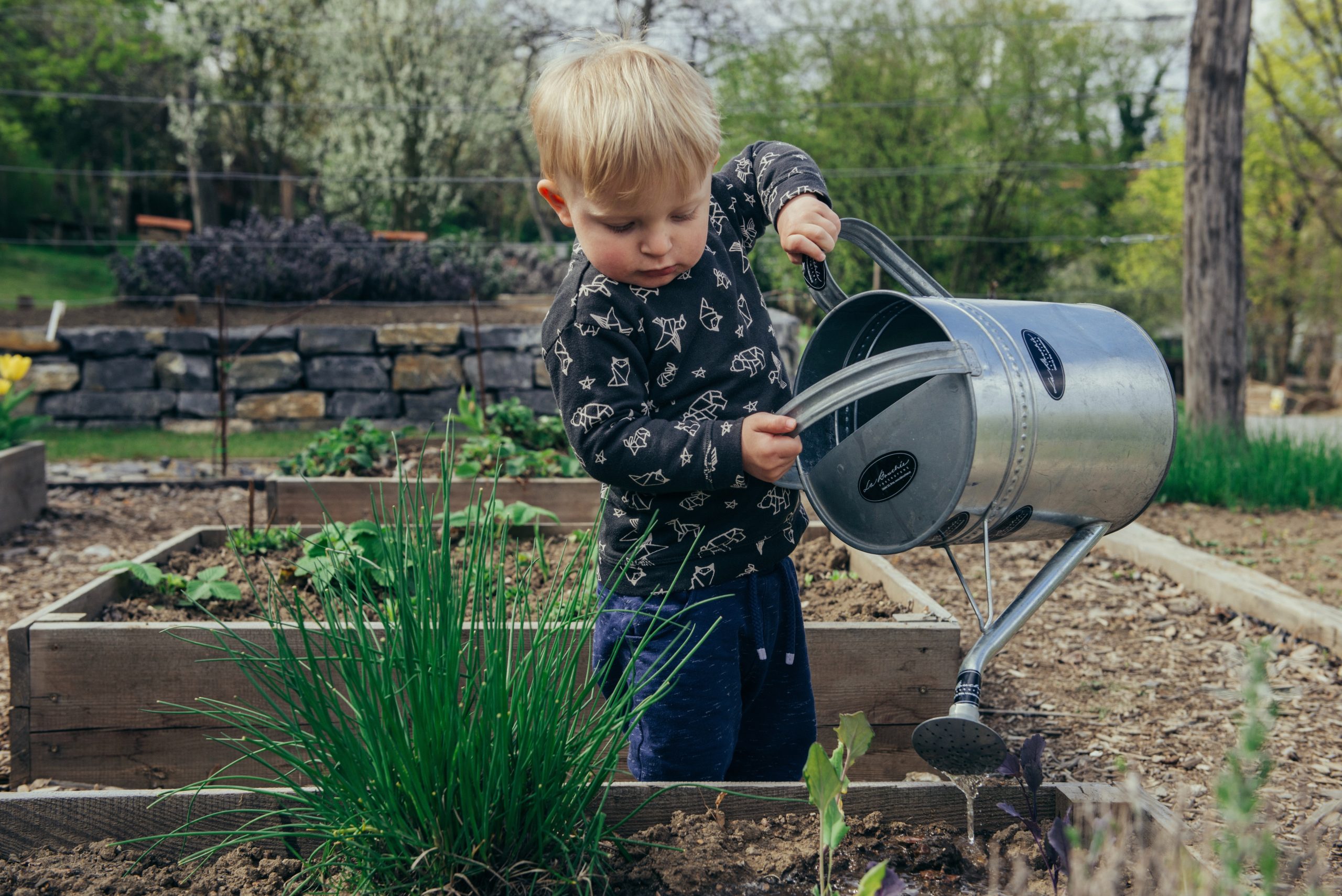
Have questions about how you can build a garden with your kids? Stop by Whispering Springs to get the answers and get started!



